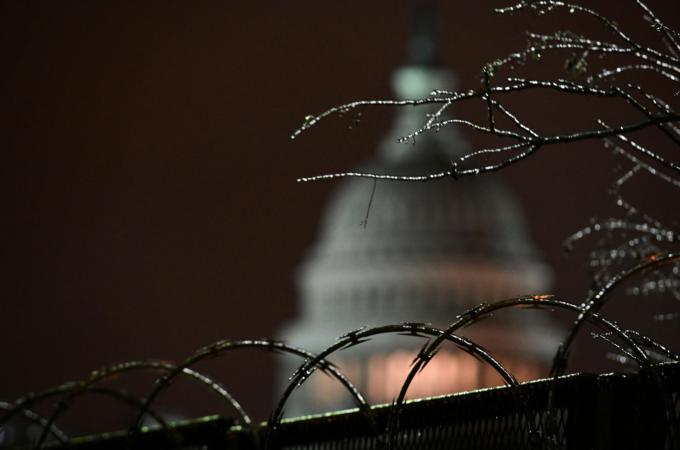The filibuster bolsters stability
The United States Senate is a unique institution. Other legislative bodies lack its peculiar rules, which require a supermajority vote to get most things done.
In the Senate, a voting minority can hold up business by extending debate, a tactic we call a filibuster. The members of the Senate can end a filibuster by voting to shut off debate (cloture).
The requirement for doing this has evolved over time. Before 1975, it took a two-thirds majority to end debate and force a vote. Now cloture requires only a three-fifths majority.
We have also carved out other exceptions to the rule over the years. In 2013 and 2017, it was changed so that executive and judicial confirmations could go through on simple majorities. Another change, adopted as part of the modern budgeting process, allows certain budgetary items -- such as the ones that have been working their way through Congress this month -- to pass with only a simple majority.
This mechanism, reconciliation, was used to change the individual and corporate tax rates during each of the past four presidential administrations. But for ordinary legislation (and as the Senate parliamentarian recently ruled, the $15 minimum wage is included in that category) 60 votes are still required to get a bill through the 100-member Senate.
The filibuster rule became a hot topic this winter, now that Democrats have won the presidency along with narrow majorities in both houses of Congress. One way to look at the filibuster is to say that it limits what a majority in Congress can do when real national policy questions are on the line.
But it might be more accurate to say that, on most issues other than taxes and spending, it forces the parties to work together and find consensus. Unless the party in power -- Democrats, as things now stand -- could get overwhelming voter support in the election, they would need Republican support for measures they wanted to enact.
At a time when sharp political divisions are the rule, there may be benefits to such a requirement. Absent this guardrail we would probably see much wilder swings in policy between elections. Political uncertainty and confusion over the law would be greater factors in our lives.
This would not only undermine respect for the law, it would also likely increase the amount of truly unpopular legislation that Congress passes. That is a recipe for making political divisions sharper and hotter than they are now.
It's one thing for each new president to tweak the tax code. But imagine having to completely reorganize your business every election cycle, as simple majorities make radical changes back and forth.
Or imagine trying to run an organization that receives federal money for some public purpose, when funding gets switched on or off depending on which party is in power.
The pendulum of control is always shifting. At the moment, Democrats are more interested in changing Senate rules to allow simple-majority governance. The filibuster might be the only thing protecting religious freedom from majoritarian overrides in bills such as the Equality Act, which is pending before the Senate.
But those moderate Democrats who are coming to appreciate the filibuster have the better point. Liberals' stated priorities would be at equal risk were majoritarian rule ever introduced in the Senate.
Think back to 2005, and what George W. Bush and the Republican Congress might have done with such power. Would Democrats really want to be forced to take away people's personal Social Security accounts after they were created and funded by a simple Republican majority? Would they want to rebuild Obamacare (or any of a dozen other welfare or entitlement programs) from scratch every couple of election cycles? What can be created without a broad consensus can just as easily be destroyed, like a sandcastle in the changing tide.
The Senate's supermajority requirement is annoying to those in power, but processes that limit majority powers also have the effect of bolstering stability and the rule of law.
- Garvey is president of The Catholic University of America in Washington, D.C.



















